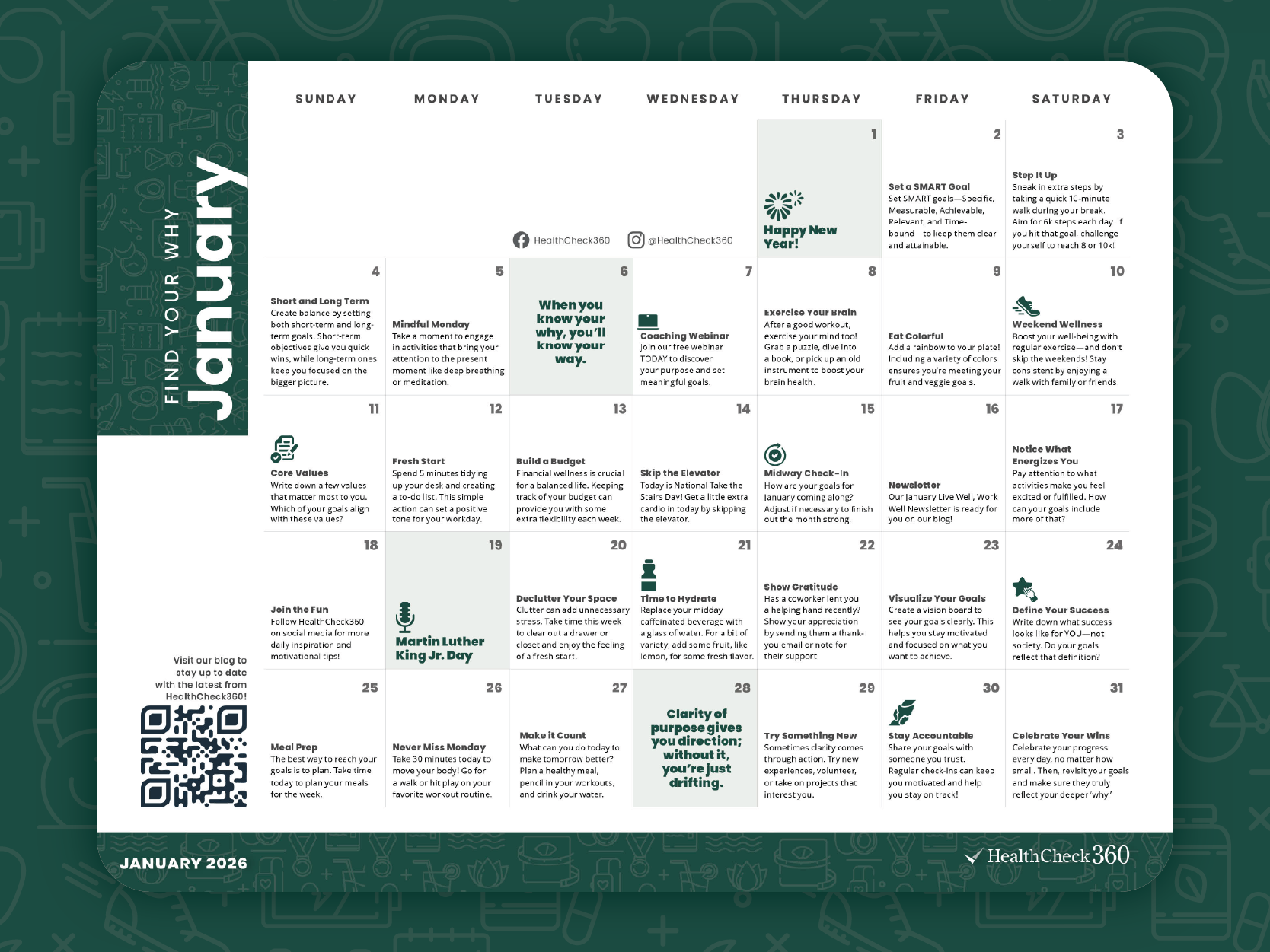Coaching Webinar | Find Your Why
Empower your employees to find their “why” and drive lasting change with our January coaching webinar!
3 min read
 Michael Kelly
:
Dec 21, 2018 9:20:21 AM
Michael Kelly
:
Dec 21, 2018 9:20:21 AM

The EEOC has released a final rule rescinding the May 2016 ADA Final Wellness Rules as of 1/1/2019 as required by a decision of the U.S. District Court for the District of Columbia that vacated the incentive section of the ADA. EEOC has indicated separately that they do not expect to have new wellness rules drafted until 2021. The rescinding of the EEOC rules effectively means a return to the pre-2016 wellness regulation environment. There are still very specific rules in place for all programs whose incentives impact the employer provider health plan (HIPAA/ACA), but not as wellness programs conflict with the American with Disabilities Act (ADA).
What wellness programs does this impact?
The most common questions I get from the broker community are about incentive levels and types. The AARP v. EEOC ruling doesn’t care how your incentive is tied to the health plan, how much it is, or if it is outcome or participation based. This ruling impacts wellness programs that are subject to ADA or GINA, or more specifically, any program that requests health information like a health risk assessment or biometric screening. There is no longer clear guidance on how wellness programs can be exempt from the voluntary requirement of medical screening under the ADA. Keep in mind there was no clear guidance on this question for years prior to the EEOC publishing these rules in 2016 and there were many successful and legal wellness programs back then.
Is there regulatory risk?
There is very little regulatory agency risk from the EEOC. The EEOC continues to fight the AARP and they are not going to actively pursue litigation against employers when it was their rules that were vacated. This is a reversal from pre-2016 when the EEOC under the prior administration would pursue cases against employers for having biometric or medical assessment based programs they deemed as “non-voluntary.” Not the case today. Obviously, employers shouldn’t view the rescinding of these rules to do whatever they please. We recommend that clients continue to observe the EEOC rules as if they were in place, and be compliant with the wellness rules established under Health Care Reform.
SO… What is the risk?
Because there is no defined “safe haven,” for incentives related to biometrics or health risk assessments, there is now some risk of private lawsuits. Employees could argue that a wellness program with biometrics or health questions would violate the ADA. Most likely, it would be added to a wrongful termination suit or other actions against an employer. So, if you have employers using wellness programs as punitive cost shifting measures, they are at more risk than balanced programs designed with best practice behavior change and engagement in-mind.
What are the options?
What's the bottom line?
The best choice for your company depends on your risk tolerance, but we have not seen any groups choose options 2 or 3. The vast majority of our clients and others that we've spoken with are choosing option 1 – be compliant with known requirements and monitor developments.
If your company wants to be ultra conservative and has an incentive for a medical screening or HRA, then offering a lifestyle rewards program where the employees have other options to receive the same reward (without the screening/HRA), would be perfectly compliant without any risk.
HealthCheck360 is here to answer any questions you have about compliant wellness programs and we continue to monitor the bumpy regulatory environment. Get in touch to talk through your company’s specific program or questions you have.
Please note: This is not intended as legal advice. Please work with your employee benefits consultant and your legal counsel on all regulatory or legal concerns.

Empower your employees to find their “why” and drive lasting change with our January coaching webinar!

Help your employees start the year strong with our January well-being calendar!
![[Free Resource] 2026 Well-Being Calendar](https://www.healthcheck360.com/hubfs/1.%20Marketing/Yearly%20Well-Being%20Calendar/2026%20Yearly%20Well-Being%20Calendar/2026%20Yearly%20Content%20Calendar-Hubspot_Blog.png)
Streamline your planning and inspire your community for a fresh, healthier year with the 2026 well-being calendar!